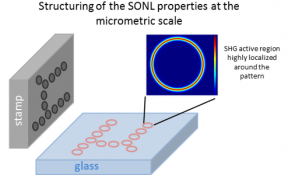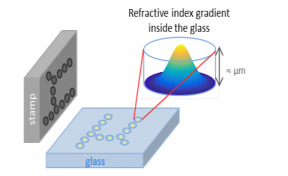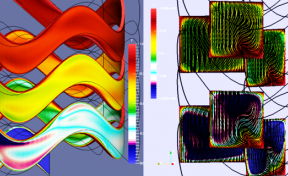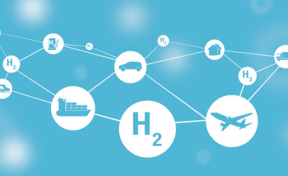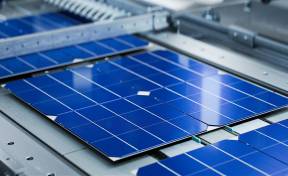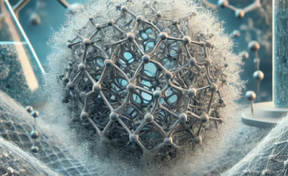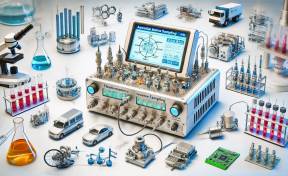
Controlled thin coating of poly-ionic liquids for CO2 electrochemical conversion
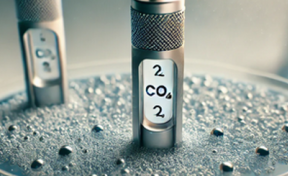
Domains
Environenment
Energy
Technology Next Generation Electrochemical Batteries
CHALLENGES
The electrochemical reduction of CO2 on a massive metal electrode has been studied during the 19th century, and since then a large number of metals have been tested.
However, several difficulties concern this sector:
- Difficulty capturing and storing CO2
- High energy consumption
- Use of noble metals
- Potential electrode poisoning
- +/- efficient catalysts
- Potentially competiting reactions with CO2 electroreduction
INNOVATIVE SOLUTION
This innovation is a process to synthesize Poly-ionic Liquids (PiLs) from Polystyrene (PS) and polyvinylbenzyl chloride (PVBC) and deposit it on silver foil that will modify the catalyst’s selectivity.
Applications
Coating for CO2 electrochemical conversion
COMPETITIVE ADVANTAGES
- Increases the selectivity of the reaction.
- Is compatible with many catalysts (including unused ones because of their lack of selectivity)
- Is easy to set up.
- Would allow the use of aqueous media as electrolyte and increase the durability of the electrochemical system.
HOW IT WORKS
1) PS and PVBC skeleton synthesis
2) Cation functionalization and anion exchange
3) PILs deposition on silver foil (dip coating)
Results obtained :
- PILs performance in electrocatalytic tests of CO2 reduction show that co-polymers are promising materials to deposit on a commercial substrate like Ag foils.
- PILs show the ability to tune the selectivity of pure silver foil, which is well known to be selective mainly toward the production of CO, in an aqueous (0.5M) KHCO3 electrolyte.

Ex. of result obtained : Faradaic effiencies reffered to gaseous products collected during CA (-2V vs. Ag/AgCl, 15 min). Results for PS (L=7,20,70 nm) in CO2 saturated atmosphere. POLY_0 (20 nm) was also tested in N2 saturated atmosphere.
Inventors
Laurent Billon, Pierre Marcasuzaa, Aurélien Viterisi: IPREM
& Simelys Hernadez, Alessia Fortunati: Politecnico di Torino
IP
Patent filed in 2023
DEVELOPMENT STATUS
- POC
To do:
- To be defined with the potential pertner: Industrialization, optimization of the process, …
Contact
Carlos LARRAYA
%63%2e%6c%61%72%72%61%79%61%40%61%73%74%2d%69%6e%6e%6f%76%61%74%69%6f%6e%73%2e%63%6f%6d
+33 (0)5 33 51 43 11


